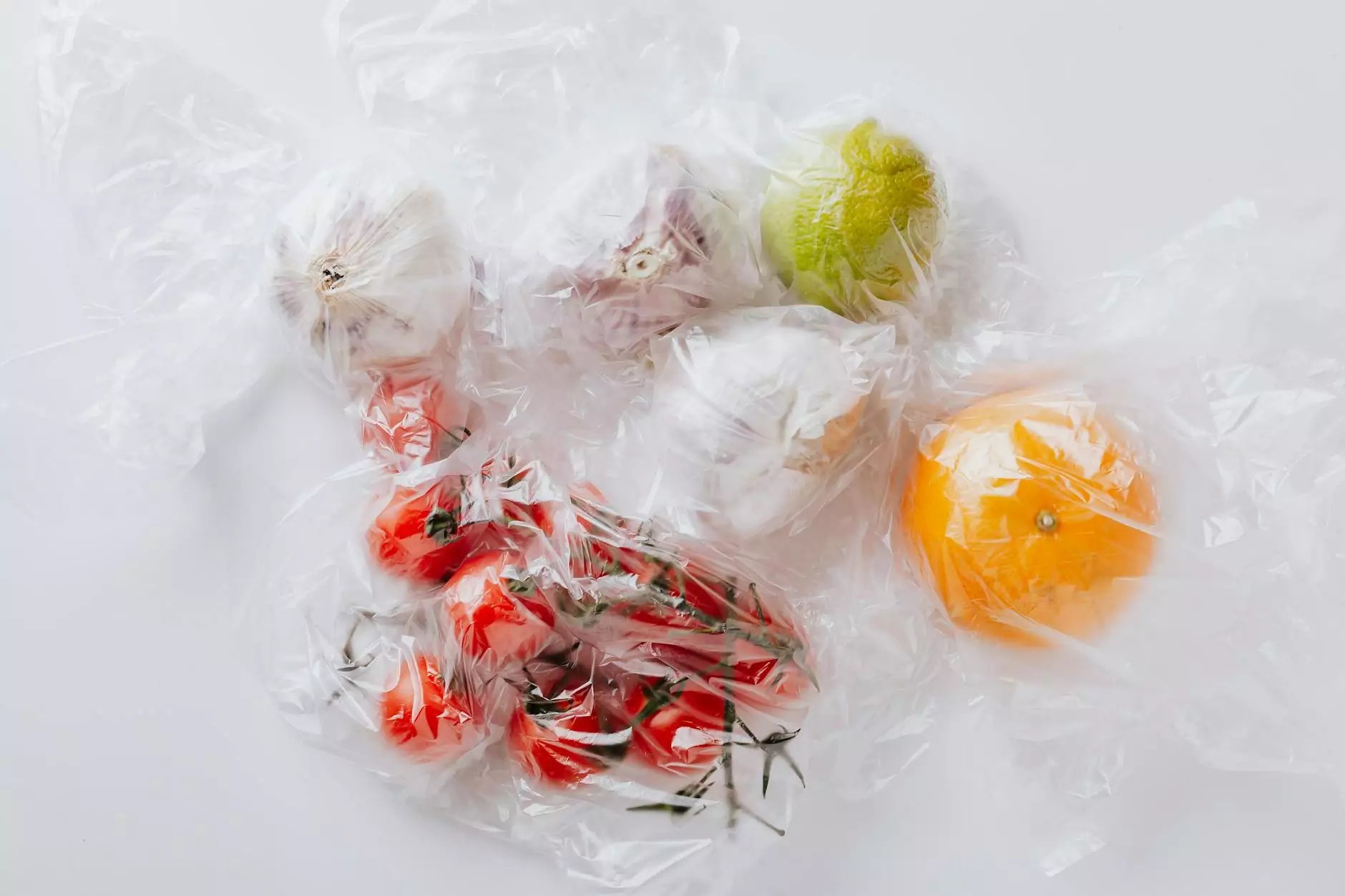Corn Gluten Meal Weed Control: Revolutionizing Organic Gardening

Understanding Corn Gluten Meal
Corn gluten meal (CGM) is a natural herbicide derived from the processing of corn. It is primarily composed of protein, carbohydrate, and fat, and is known for its potent ability to inhibit the growth of various weeds while being safe for the environment. With the rising demand for organic solutions, corn gluten meal weed control has gained significant attention among organic gardeners and farmers.
Benefits of Using Corn Gluten Meal for Weed Control
Using CGM as a weed control method comes with several impressive benefits, making it a preferred choice in organic farming and gardening. Here are some key advantages:
- Natural Herbicide: CGM is a natural product, which means it is free from synthetic chemicals that can harm beneficial organisms.
- Environmental Safety: It poses no threat to wildlife or aquatic systems, making it a safe alternative for homeowners and agriculturalists alike.
- Effective Pre-emergent Control: Corn gluten meal works primarily as a pre-emergent herbicide, preventing the germination of weed seeds.
- Soil Enrichment: In addition to controlling weeds, CGM can improve soil health by adding organic matter.
- Cost-Effective: With its high efficacy and reliability, CGM presents a cost-effective solution compared to synthetic herbicides.
How Does Corn Gluten Meal Work as a Weed Control?
Understanding how corn gluten meal operates is crucial for effective application. CGM inhibits root and shoot development in weeds upon germination. This is primarily due to its high content of natural plant growth regulators which interfere with the physiological processes necessary for growth.
Applying Corn Gluten Meal for Maximum Effectiveness
To achieve the best results with corn gluten meal weed control, it is essential to apply it correctly. Here are some detailed steps to follow:
1. Timing is Key
The best time to apply CGM is in early spring or early fall before weeds begin to germinate. This is usually when the soil temperature reaches about 50°F (10°C). Understanding your local growing season is vital to timing your applications correctly.
2. Proper Application Rate
The effectiveness of CGM depends on the application rate. A common recommendation is to apply about 20 pounds per 1,000 square feet. However, this may vary based on soil quality and weed types. Always refer to product instructions for specific guidelines.
3. Incorporate into Soil
For best results, incorporate CGM into the top layer of soil. This will not only help with weed suppression but also allow for effective soil moisture retention and nutrient enhancement.
4. Watering
After applying CGM, watering the area lightly helps activate the herbicidal properties and carries the nutrients into the soil. Ensure that the area is moistened without creating puddles.
Combining Corn Gluten Meal with Other Organic Practices
Corn gluten meal can be effectively combined with other organic gardening techniques to create a comprehensive weed management strategy. Here are some suggestions:
1. Mulching
Applying organic mulch can prevent sunlight from reaching weed seeds and reduce their likelihood of germination. Combining mulch with CGM creates a formidable barrier against weeds.
2. Crop Rotation
Practicing crop rotation can also diminish the chances of weed seed establishment. Different crops can compete effectively against common weeds, further enhancing the use of corn gluten meal.
3. Manual Weed Control
For larger problem areas, consider integrating manual weed removal practices for visible weeds along with CGM for a more robust approach to weed management.
Potential Challenges with Corn Gluten Meal
While corn gluten meal offers numerous benefits, it is essential to consider some potential challenges associated with its use:
- Timing Sensitivity: If applied too late, CGM may not be effective against existing weeds.
- Compatibility with Other Products: CGM may not be compatible with all pesticides or fertilizers, requiring research and planning.
- Initial Cost: While cost-effective in the long run, the upfront investment may be higher than conventional herbicides.
Success Stories: Real-life Applications of Corn Gluten Meal
Many organic farmers and gardeners have successfully implemented corn gluten meal in their weed management practices. Here are a few examples:
1. Community Gardens
In various community gardens, CGM has been used to maintain organic standards, allowing community members to cultivate a variety of vegetables without the inhibition of invasive species.
2. Organic Farms
Organic farms across North America have reported a significant drop in weed populations after regular applications of CGM, leading to better crop yields and reduced labor costs in weed management.
3. Residential Gardens
Homeowners have turned to corn gluten meal to achieve lush gardens free from harmful chemicals, promoting a healthier environment for their families and pets.
Conclusion: Embrace Organic Weed Control with Corn Gluten Meal
As the demand for sustainable and organic farming practices continues to rise, the benefits of corn gluten meal weed control cannot be overstated. With its ability to provide effective weed suppression while enriching the soil, CGM stands as a powerful tool for gardeners and farmers alike.
By following best practices for application and integrating CGM into a holistic organic farming system, you can achieve the best possible results. Join the growing community of eco-conscious farmers by implementing corn gluten meal in your gardening practices.
Explore More About Organic Solutions at Friendly Organics Canada
For those looking to explore more about organic food options, health markets, and specialty organic stores, visit Friendly Organics Canada for more information and resources on organic gardening and organic products.









